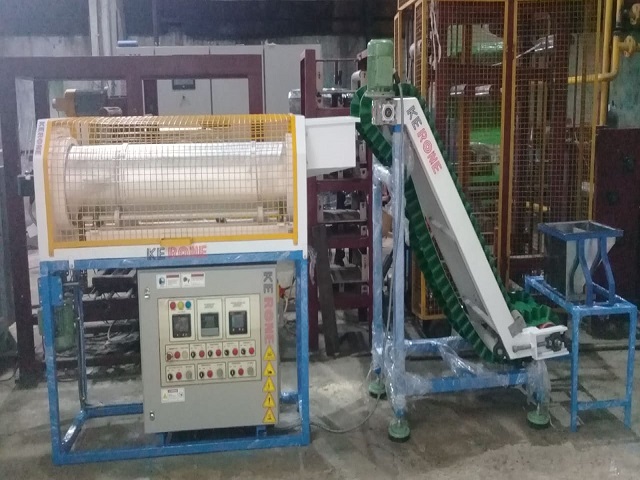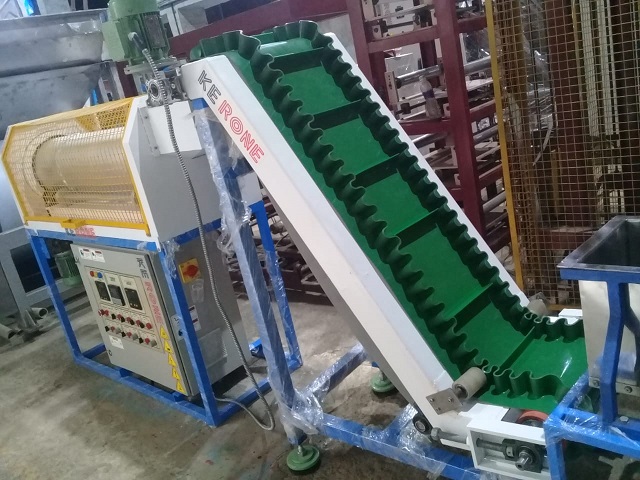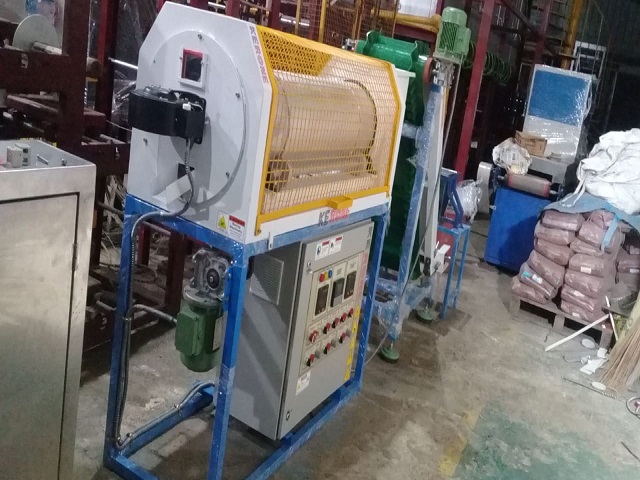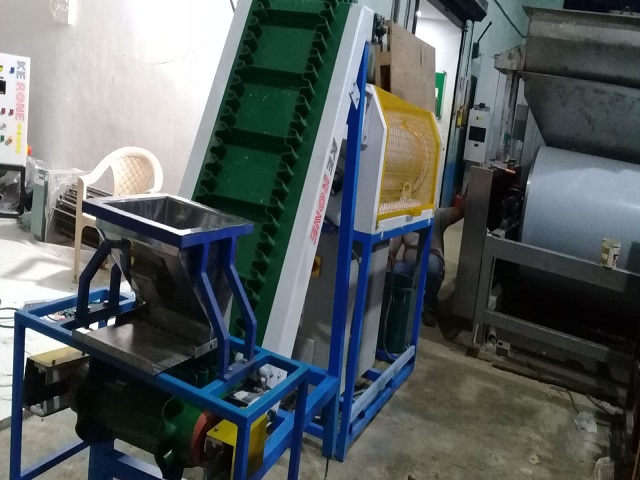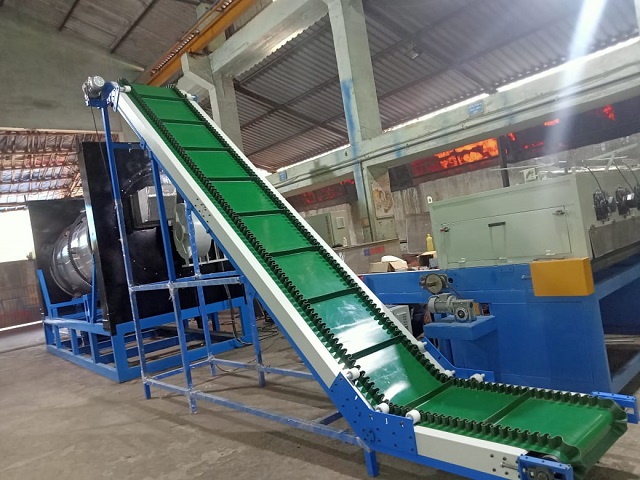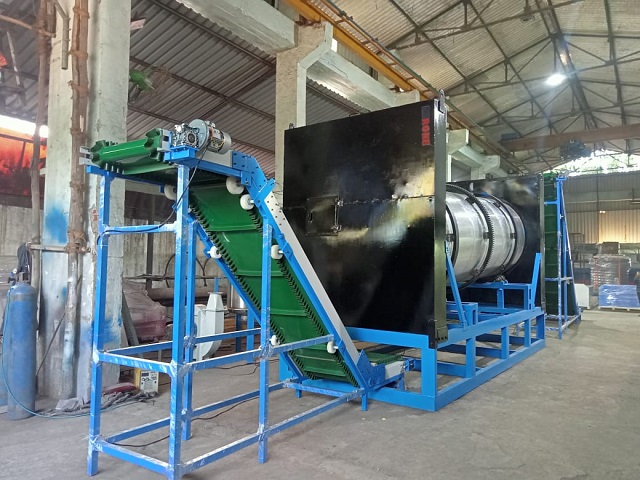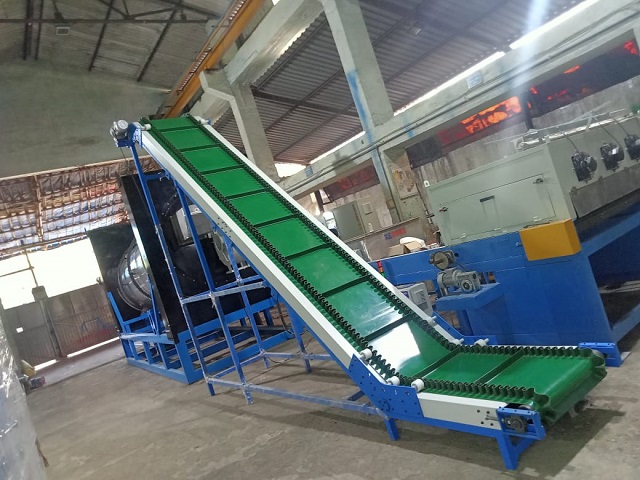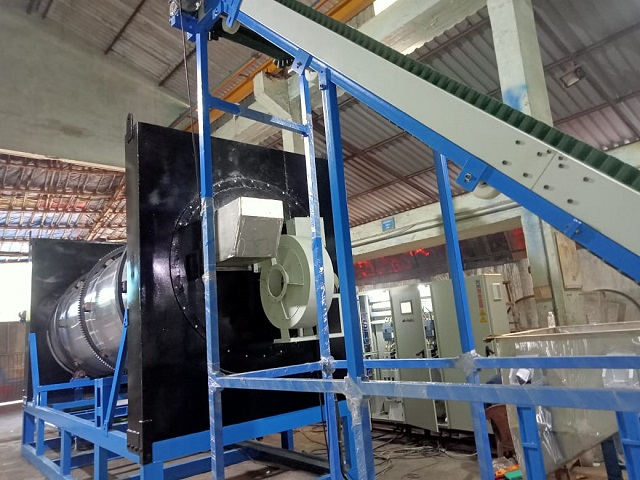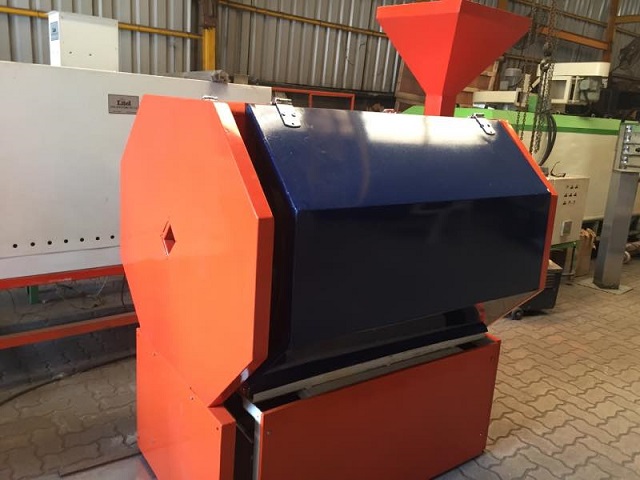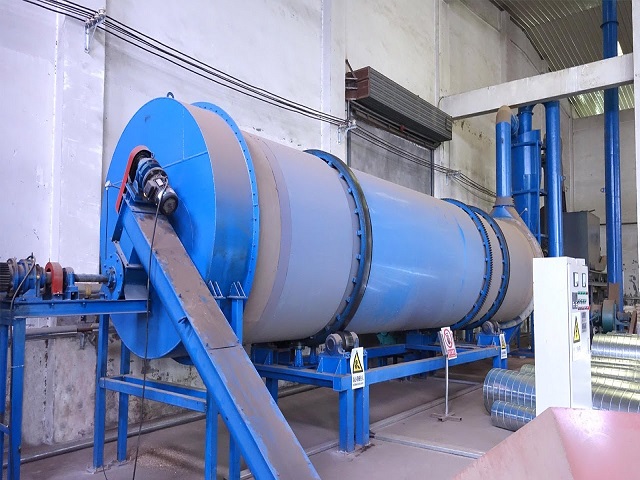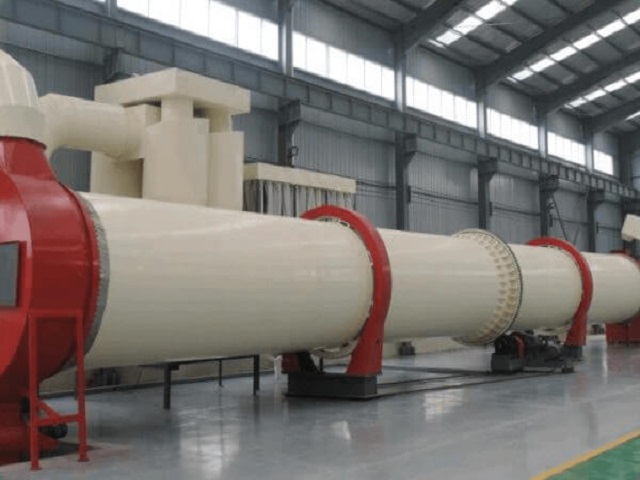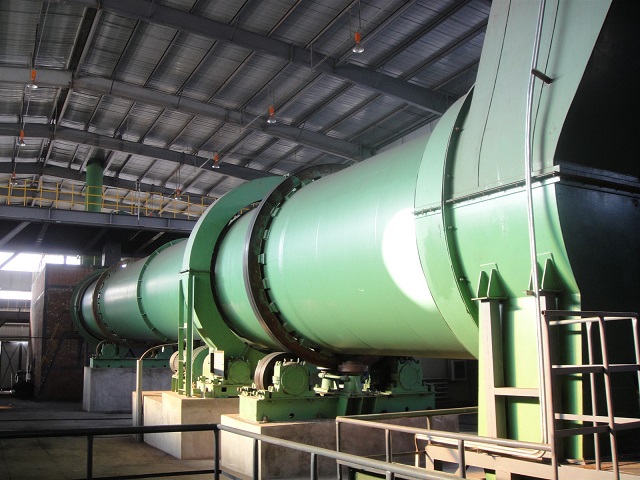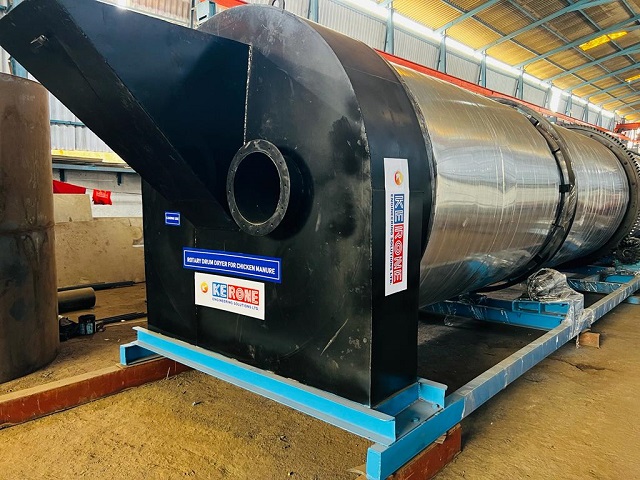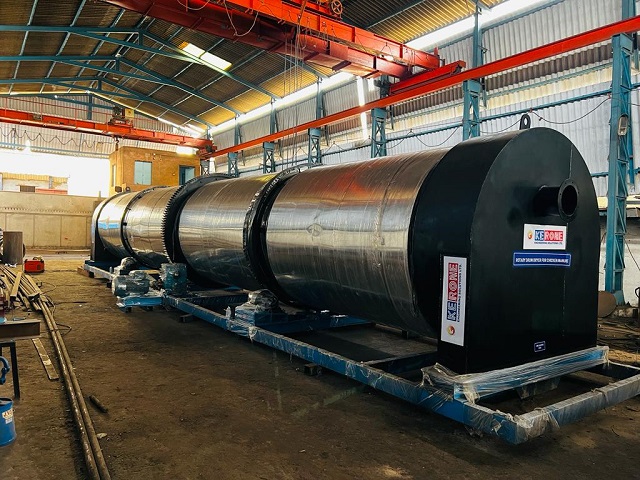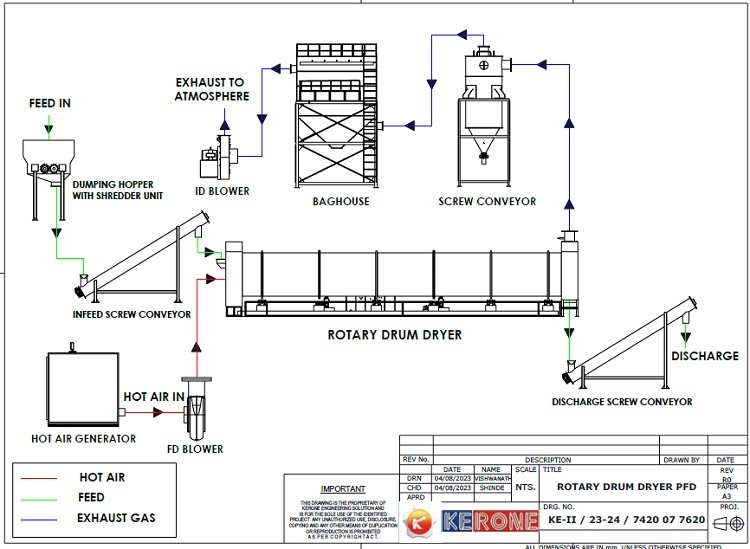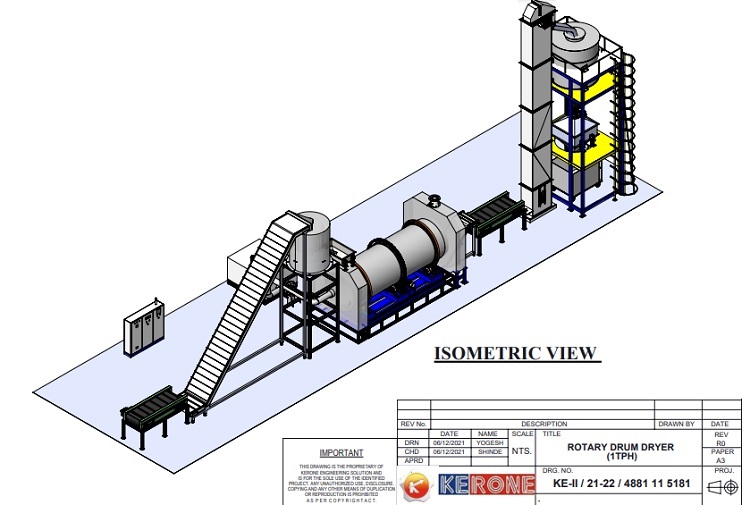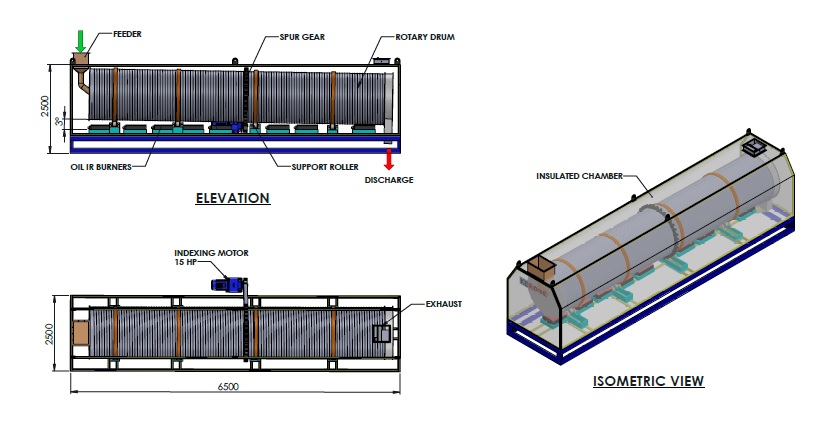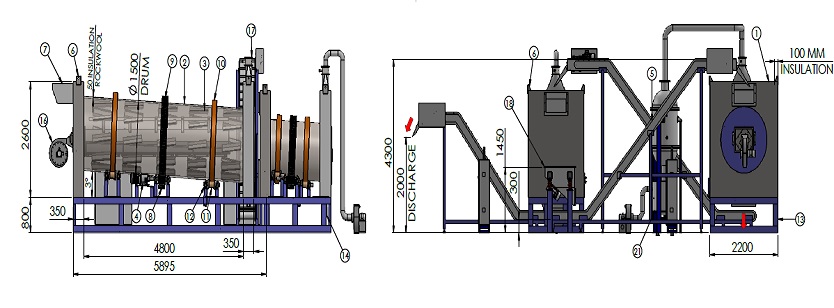Rotary Dryer
Kerone Engineering Solutions Ltd. is a leading company in the provision of advanced industrial heating, drying, and process solutions of engineering globally. Having more than 50 years of expertise, we are experts in designing, producing, and delivering custom-made, state-of-the-art systems to meet the ever-changing requirements of the industries across the globe.
We have been involved in engineering excellence, sustainability, digitalization, and technological innovation to become a reliable collaborator whose business partners are in various industries. Kerone will implement Artificial Intelligence (AI), Machine Learning (ML), and Internet of Things (IoT) technologies in our systems to ensure smarter automation, real-time monitoring, predictive maintenance, and process optimization that is data-driven, thus enabling our clients to be more productive, efficient, and reliable.
The Kerone systems are designed to meet Industry 4.0, which leverages AI-powered analytics and IoT connections to provide clients with data insights and intelligent automation to manufacture next-generation products.

Rotary dryers are one of the most common types of industrial dryer, utilised for large quantities of material with particles of size 10 mm or larger. Typical rotary dryer consist of cylindrical shell made of steel plates slightly inclined (1O to 5O) to horizontal to assist the transportation of the wet material fed for the processing, shell is typically 0.3-5 m in diameter, 5-90 m in length and rotating at 1-5. Rotary dryer shell tube acts as body to transfer the wet feedstock and number of steam heated tubes are placed symmetrically around the perimeter and rotate with it. Wet material is fed into the upper end of dryer and the material travels through it by virtue of rotation and slope of the shell and dried product is picked as the lower end. The feed rate, speed of rotation of shell, the volume of heated air or gases, and their temperature are so regulated such that by the time material reaches to discharge point of rotary dryer it’s accurately dried.

Rotary dryer performs due role in complete drying process, 1) as a conveyor, carrying/ moving material from feed end to discharge end 2) as heating/ drying device. Movement of material within the dryer is influenced by the lifting, cascade action, sliding and bouncing.
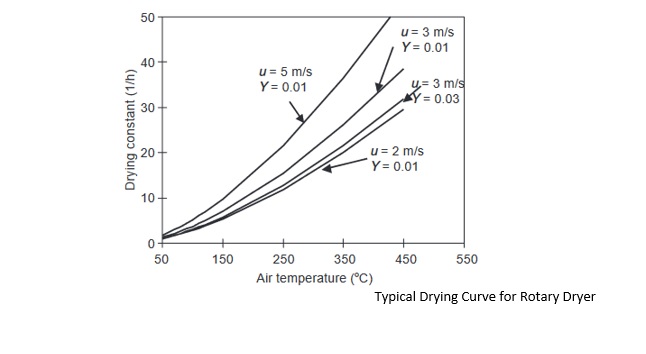
Kerone has helped more than hundreds of accurately designed and crafted rotary drying solution varying in size dimension and drying capability. Till dates we have delivered the rotary dryers for approximately for all possible type of industrial application, catering to such large diverse need of industry we have built the rotary system of many types for both batch type rotary drying as well as continuous type rotary drying applications. The key classification of rotary dryers are as follows:
- Direct Rotary Dryer
- Direct rotary kiln
- Indirect steam-tube dryer
- Indirect rotary calciner
The efficiency is significantly enhanced by insertion of longitudinal plates inside the cylinder these are known as lifting flights. Their purpose of the lifting flights is to lift and shower the solid particles through the gas stream where the air is hottest and minimum moisture is hold. The edge of the lifter can be bend inward or right angle for uniformly processing the material. Typical flight arrangement are as shown below.
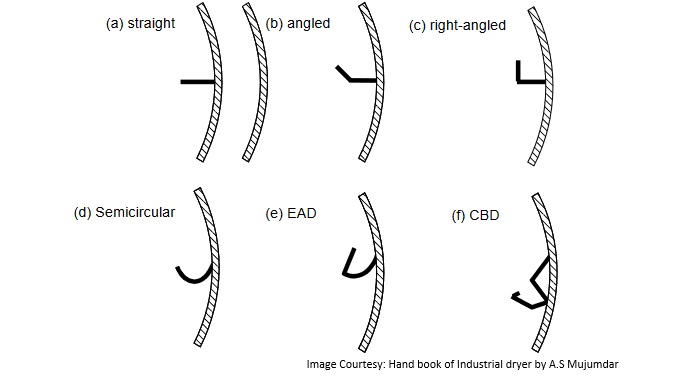
- Kerone build the rotary dryer are having robust construction.
- Kerone provide rotary dryer with various lifter options based material.
- Kerone provides the option of either co-current or counter-current air circulating rotary dryer.
- Rotary dryer designed by Kerone can be utilised for higher temperature drying.
- We design and build rotary dryer with wide range of size and dimensions to handle wide range of material.
- We provide fully automated rotary dryers by means of PLC/SCADA systems.
- Rotary dryers are suitable of continuous drying operation.
- This type of dryer provide relatively longer residence time.
Practically rotary dryers can be used for any in any industry for drying such as:
- Food and Dairy Industry.
- Agriculture and Animal Feeds.
- Chemical and Pharmaceutical Industry.
- Ceramic Industry.
- Sand Industry.
- Rubber Industry.
- Foundry Industry.
- Wood and Paper Industry.
- Metal Industry
Some of the common materials those are treated within the Rotary dryers are as follows:
- Drying of Sand & Stone
- Drying of Salts & Sugars
- Drying of Ilmenite Ore
- Drying of Sodium Sulphate
- Drying of Sodium Chloride
- Drying of Fluorspar
- Drying of Cellulose Acetate
- Drying of Sodium Chloride
- Drying of Styrene
- Drying of Copper
- Drying of Cast-Iron Borings
- Drying of Ammonium Sulphate
- Drying of Urea Prills
- Drying of Vinyl Resins
- Drying of Oxalic Acid
- Drying of Urea Crystals
- Drying of Ammonium Nitrate Prills
- Drying of Bio solids
- Drying of Fertilizers
- Drying of Fly Ash
- Drying of Gypsum
- Drying of Inorganic Chemicals
- Drying of Limestone
- Drying of Manure
- Drying of Metal Chips & Shavings
- Drying of Mining Ores & Concentrates
- Drying of Paper Sludge
- Drying of Plastic Pellets & Grains
- Drying of Potash
- Drying of Rubber Pellets
